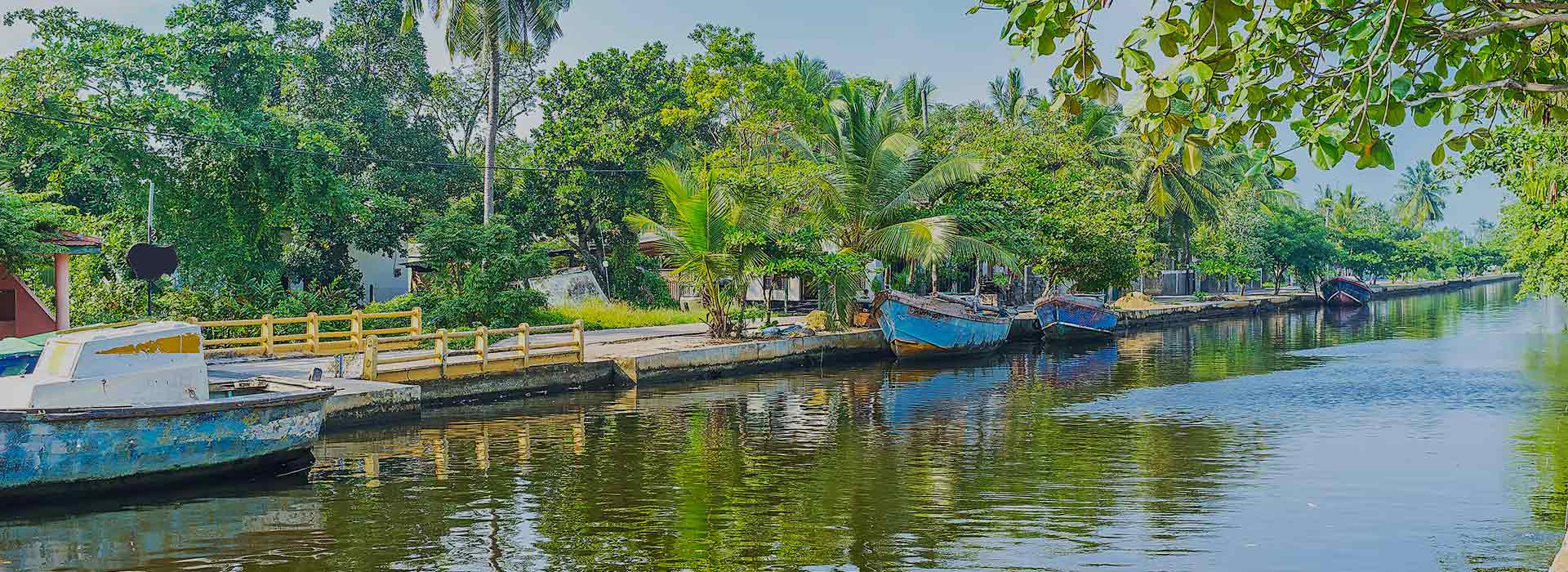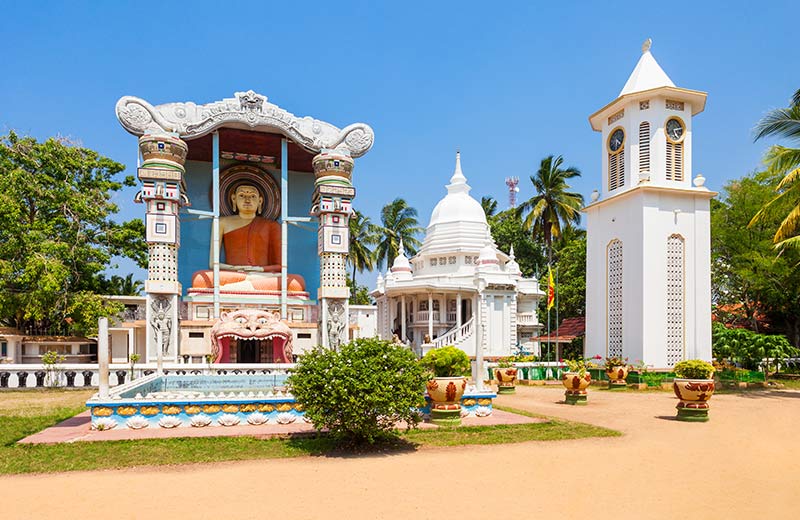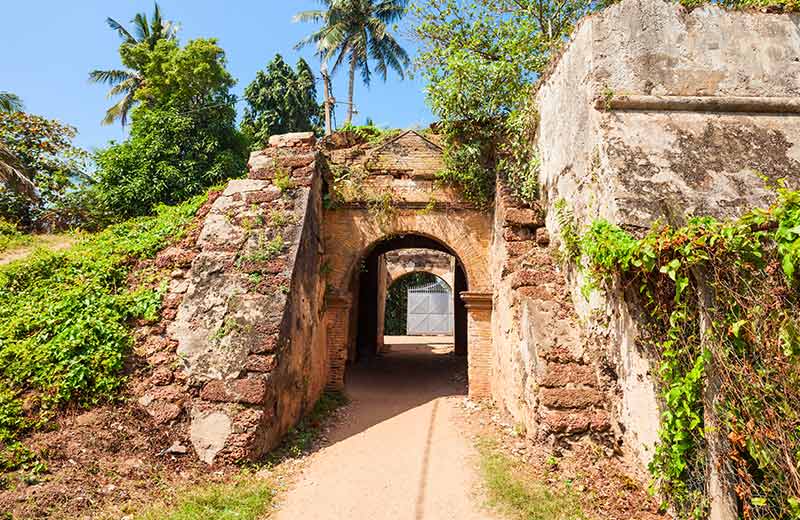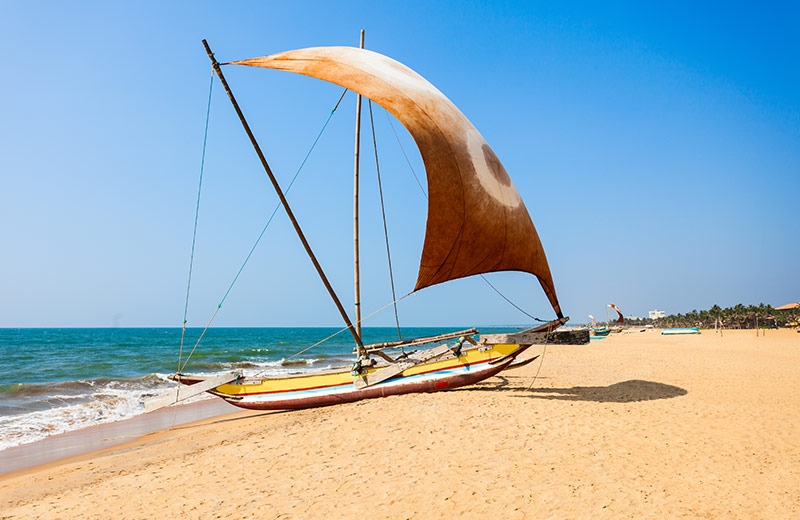Hamilton Canal
Colonialism
The Hamilton Canal (or the Dutch Canal, as it is sometimes known) is a waterway that stretches for 14.5 kilometres between the town of Puttalam and the city of Colombo, and that also passes through the city of Negombo. When the Dutch took over Sri Lanka, they established one of their capitals in Colombo (the other being in Galle). They had assumed that the marshlands in nearby Muthurajawela presented ideal conditions for growing paddy rice, but eventually discovered that the tides coming in from the sea drowned their crops in salt water.
Construction and Purpose
Around the 18th century, the Dutch began to implement a series of structures, dams and canals that made use of existing waterways. These would serve two purposes: first, they hoped to drain the salt water away from their rice fields; and second, the Dutch anticipated being able to conduct barges that carried cinnamon to their seaports in Negombo. This system of waterways became known as the Dutch Canal, and was a major line of connection between the ports within Dutch territory.
British Improvement
After Ceylon was surrendered to the British, a new canal was constructed in 1802 between Colombo and Negombo under directions from the Colonial Surveyor General at the time, and supported by Gavin Hamilton, who was the Government Agent of Revenue and Commerce. The new canal ran parallel to the Dutch Canal on its western side, closer to the sea, and became known as the Hamilton Canal. Hamilton died in 1803, before the completion of the canal in 1804, and never got to see the completed waterway that was named after him.



